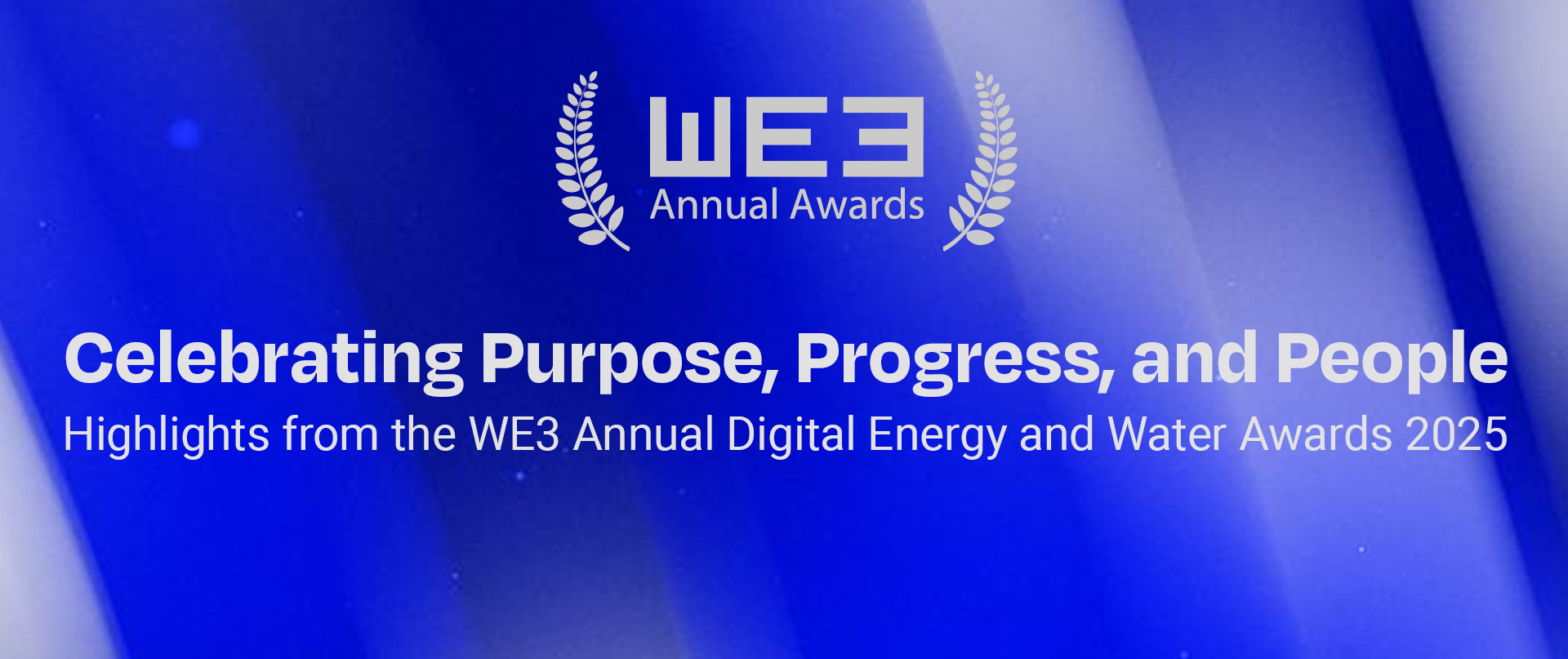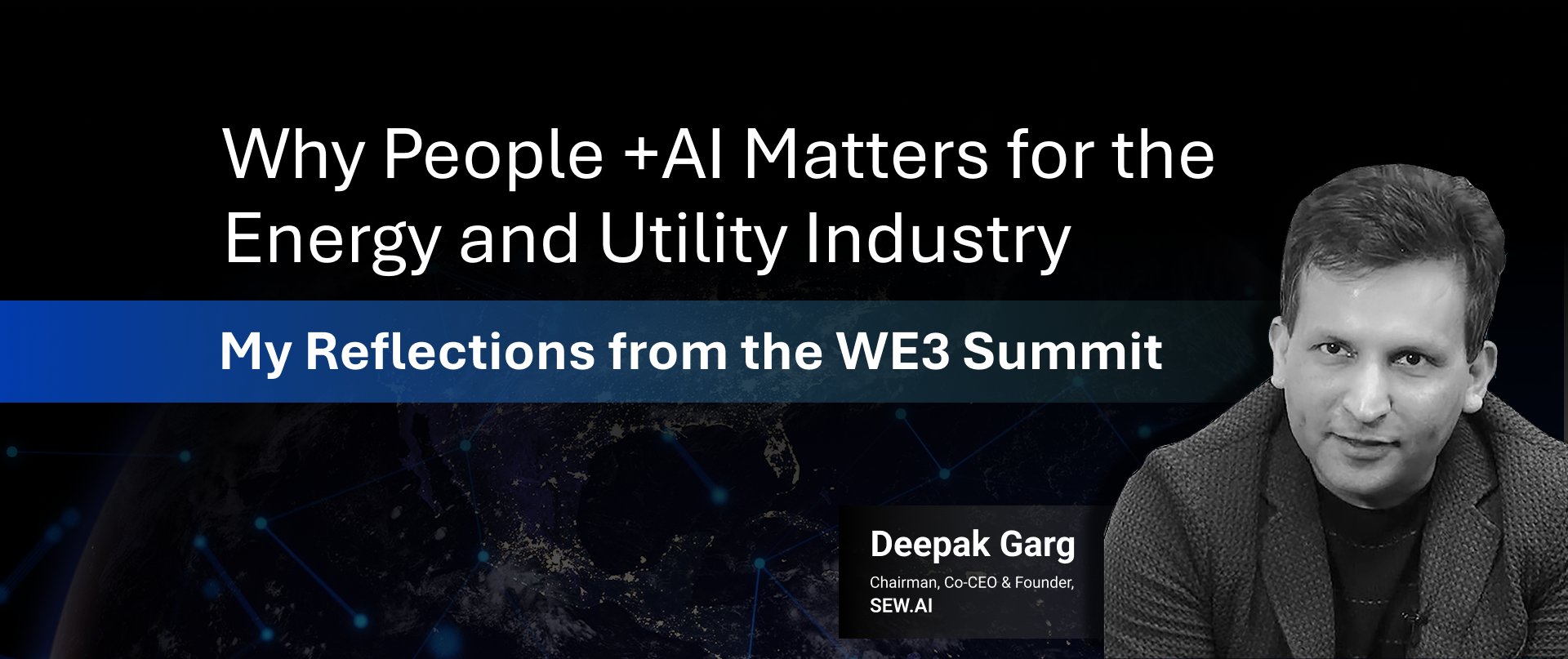Master Blog
Energizing Communities and Agencies
Transforming Energy Accessibility with AI Innovation

Millions of people are facing financial hardship due to rising consumer prices, with inflation at its highest level in over 40 years. Low-income and vulnerable customers often find themselves in a difficult bind when it comes to energy equity and affordability. Energy accessibility is a privilege not everyone enjoys equally.
High energy bills take a disproportionate bite out of their budgets, forcing difficult choices between essentials like food, medicine, household and warmth. Many communities have been underserved of energy efficiency and other clean energy investments.
As the adoption of clean energy technologies increases globally, it’s essential to reduce financial barriers for lower-to-median-income households. This ensures everyone can benefit from the transition to a more sustainable and equitable energy future.
The Stark Reality of Energy Burdens
According to ACEEE, a high energy burden is anything above 6%, and a severe energy burden is anything above 10%. Recent reports indicate that low-income households spent on average 17.8% of their income on energy alone. This burden is 33% higher in rural communities, which also tend to have lower rates of participation in energy upgrade incentive programs. According to the Department of Energy, nearly 44% of U.S. households are defined as low-income1, earning twice below the federal poverty level.
High energy burdens can lead to “energy insecurity,” where households may under-heat or under-cool their homes to save money, causing adverse health effects.
Navigating the landscape of financial assistance can be daunting for many homeowners, often deterring them from seeking the help they need. Complex eligibility thresholds for assistance programs frequently disqualify deserving households, leaving them without crucial support. The red tape and complexity of application processes only add to the frustration, leading to delays and a sense of futility.
Moving Towards Energy Equity and Affordability
This is an alarming situation for utilities. By acting now, utilities and policymakers can put more consumers and communities on a path to long-term energy affordability and equity.
Addressing these challenges with streamlined processes, transparent information, and adequate support can significantly alleviate the burden on homeowners, empowering them to secure the financial assistance they need with dignity and ease.
Achieving energy equity is not a one-size-fits-all solution. Utilities can design tailored programs by understanding the unique challenges faced by our low-income and vulnerable customer groups.
Key Strategies to Bridge the Gap
To bridge the gap in accessing low-income assistance programs, utilities need to implement a multi-faceted approach that addresses these challenges head-on:
- Proactive Outreach and Simplified Processes- Utilities must use data analytics and artificial intelligence to proactively identify and reach out to eligible customers. Simplifying the application process by reducing paperwork, offering multilingual support, and providing clear, step-by-step guidance can make a significant difference.
- Building Trust Through Community Partnerships- Collaborating with local community organizations that already have established trust can enhance credibility and improve outreach efforts. These partnerships are crucial in ensuring that utilities’ communication resonates with low-income communities.
- Educational Campaigns and Transparent Information- Launching energy efficiency educational campaigns that inform customers about energy-saving tips and available assistance programs is vital. These campaigns should use simple language, tailored information and be disseminated through multiple channels, including social media, mobile apps, local radio, and community events.
- Flexibility in Assistance Programs- Ensuring that assistance programs are flexible and responsive to the actual needs of customers is essential. This includes adjusting eligibility criteria, increasing the financial aid provided, and ensuring that the process is as hassle-free as possible.
- Adoption of Smart Technologies for Low- Income Customers- Encouraging the adoption of smart technologies can reinforce the fact that these tools and technologies are beneficial for both saving money and maintaining comfort in homes. It’s also important to provide insights on the positive impact on the energy grid and local community.
The Holistic Approach to Solving the Problem
Current approaches aimed at improving energy affordability are helpful, but insufficient. Adopting an approach for People Empowerment by leveraging the power of AI technology can help utilities address significant challenges. Empowering communities with energy assistance programs and initiatives can drive meaningful change for not just a few, but billions.
This is achievable when connected platforms, powered by technologies like artificial intelligence, serve as a bridge between people and utilities. By leveraging AI and digital connectivity, these platforms can enable individuals to monitor their energy consumption and generation, assist them with financial aid, educate them about energy assistance programs, provide energy-saving initiatives, and offer customized rate plans.
Implementing AI Powered Connected Experience Platform with proactive support for low-income customers, streamlined assistance initiatives, and community empowerment efforts can redefine customer experience in the energy sector. With this holistic approach, utilities can meet and exceed low-income group customer expectations, foster strong relationships, promote financial inclusivity, and contribute to the well-being of larger communities.
- Customer-Centric Innovation: By focusing on the unique needs of low-income customers, utilities can develop convenient tools that empower these individuals to manage their accounts more efficiently. Personalized interactions not only enhance customer satisfaction but also help customers better manage their financial challenges.
- Financial Inclusivity: Programs that offer payment relief or payment arrangement plans based on income and other demographics can empower low-income customers facing financial challenges. These initiatives provide stability and prevent service interruptions, promoting financial inclusivity.
- Streamlined Payment Processes: Allowing agencies to make payments on behalf of customers can simplify the bill settlement process. This streamlined approach enhances convenience for both agencies and customers, creating a more efficient and stress-free payment experience.
- Collaborative Energy Assistance Programs: Active collaboration with government entities and third-party agencies ensures that energy efficiency programs are effectively managed. This collaboration helps allocate funding accurately based on the needs of the service territory, promoting financial inclusivity and community support.
- Targeted Campaigns: Utilizing AI-based analytics and insights on customers' payment history and usage patterns, utilities can run targeted campaigns for financial assistance aimed at underprivileged customers. This approach ensures campaigns are effectively tailored to specific needs, maximizing their impact and outreach.
- 24x7 Digital Connectivity: Providing round-the-clock digital connectivity with intuitive interfaces ensures that customers can connect with their utilities anytime to seek support, make payments, and enroll in self-sufficiency plans. This enhances the user experience and ensures continuous support for low-income customers.
- Efficient Management of Uncollectible Accounts: Strategic management of uncollectible accounts receivable and collections expenses ensure efficient revenue management for the utility. With real-time data and insights, this approach allows for the implementation of efficient relief strategies and intelligent allocation of resources to better support vulnerable customers.

- Customer-Centric Innovation
- Financial Inclusivity
- Streamlined Payment Processes
- Collaborative Energy Assistance Programs
- Targeted Campaigns
- 24x7 Digital Connectivity
- Efficient Management of Uncollectible Accounts
The Way Forward
Adopting a multi-faceted and holistic People + AI approach can advance equity and affordability in the energy sector. go a long way. By leveraging AI-powered platforms, proactive outreach, and community partnerships, utilities can ensure all customers have the support needed to manage energy consumption and costs effectively.
The People + AI mindset marks a transformative leap towards a more inclusive and sustainable energy landscape. By prioritizing customer-centric innovation through the power of AI technology, utilities can enhance operational effectiveness and nurture stronger relationships with customers. This forward-thinking approach can drive progress, shaping a future where energy solutions are both accessible and empowering for ALL.
At SEW, our commitment to Engage, Empower, Educate people to save energy and water, embodies a holistic approach that fosters financial inclusivity, promotes community support, and envisions a cleaner, safer, smarter energy future. Our SmartCX Agency Platform comes with all the right tools and capabilities to help manage people’s energy and water utility accounts. It provides convenience and control to raise and manage bill assistance pledges for the third-party agencies, offers a comprehensive digital platform where the representatives can view customer account details, make pledges, view pledges history, extend financial support, manage eligibility, and more – ALL enabling utilities to build an energy-secure future for all users.





